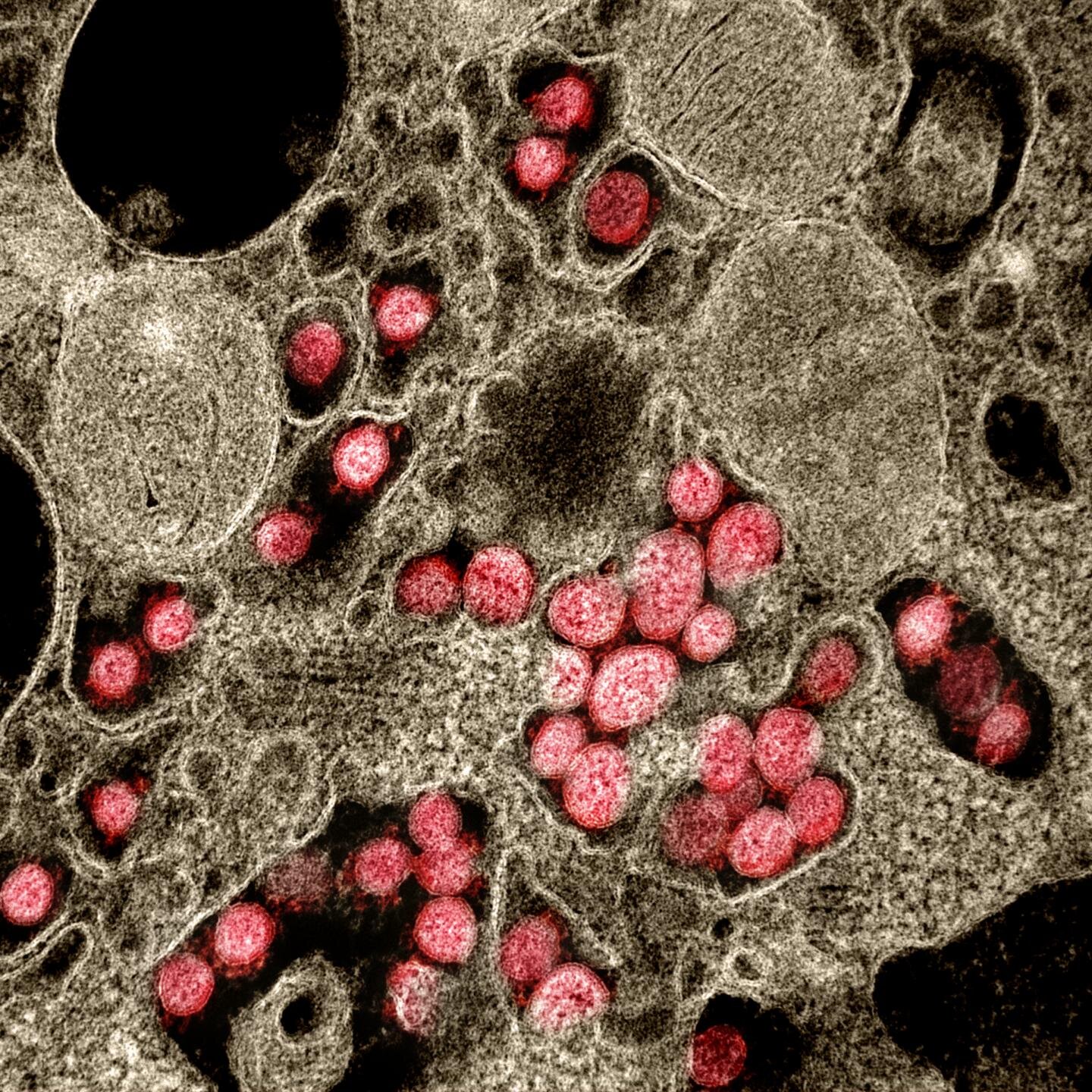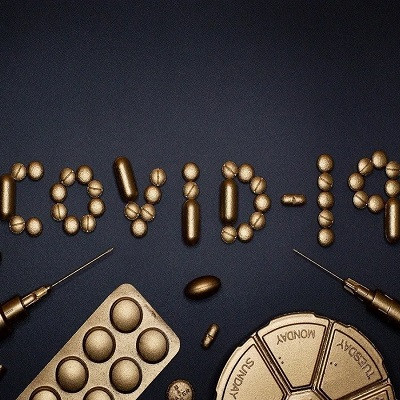The discovery paves the way for further investigations into nanobody-based treatments for COVID-19. Published in PNAS, the research is part of a consortium-led effort, bringing together the expertise of Australian academic leaders in infectious diseases and antibody therapeutics at WEHI, the Doherty Institute and the Kirby Institute.
Using alpaca 'nanobodies' to block COVID-19 infection
Antibodies are key infection-fighting proteins in our immune system. An important aspect of antibodies is that they bind tightly and specifically to another protein.
Antibody-based therapies, or biologics, harness this property of antibodies, enabling them to bind to a protein involved in disease. Nanobodies are unique antibodies—tiny immune proteins—produced naturally by alpacas in response to infection.
As part of the research, a group of alpacas in regional Victoria were immunized with a synthetic, non-infectious part of the SARS-CoV-2 'spike' protein to enable them to generate nanobodies against the SARS-CoV-2 virus.
Associate Professor Wai-Hong Tham, who led the research, said the establishment of a nanobody platform at WEHI allowed an agile response for the development of antibody-based therapies against COVID-19.
"The synthetic spike protein is not infectious and does not cause the alpacas to develop disease—but it allows the alpacas to develop nanobodies," she said.
"We can then extract the gene sequences encoding the nanobodies and use this to produce millions of types of nanobodies in the laboratory, and then select the ones that best bind to the spike protein."
Associate Professor Tham said the leading nanobodies that block virus entry were then combined into a 'nanobody cocktail."
"By combining the two leading nanobodies into this nanobody cocktail, we were able to test its effectiveness at blocking SARS-CoV-2 from entering cells and reducing viral loads in preclinical models," she said.

Transmission electron micrograph of SARS-CoV-2 virus particles isolated from a patient.
Mapping nanobody binding
ANSTO's Australian Synchrotron and the Monash Ramaciotti Center for Cryo-Electron Microscopy were critical resources in the project, allowing the research team to map how the nanobodies bound to the spike protein and how this impacted the virus' ability to bind to its human receptor.
Hariprasad Venugopal, Senior Microscopist from the Monash Ramaciotti Center for Cryo-Electron Microscopy, said the study highlighted the importance of open-access to high-end Cryo-EM facilities.
"We were able to directly image and map the neutralizing interaction of the nanobodies with the spike protein using Cryo-EM at near atomic resolution," Mr Venugopal said.
"Cryo-EM has been an important drug discovery tool in the global response to the COVID-19 pandemic."
By mapping the nanobodies, the research team was able to identify a nanobody that recognized the SARS-CoV-2 virus, including emerging global variants of concern. The nanobody was also effective against the original SARS virus (SARS-CoV), indicating it may provide cross-protection against these two globally significant human coronaviruses.
"In the wake of COVID-19, there is a lot of discussion about pandemic preparedness. Nanobodies that are able to bind to other human beta-coronaviruses—including SARS-CoV-2, SARS-CoV and MERS—could prove effective against future coronaviruses as well," Associate Professor Tham said.
Read the original article on Walter and Eliza Hall Institute of Medical Research (WEHI).
